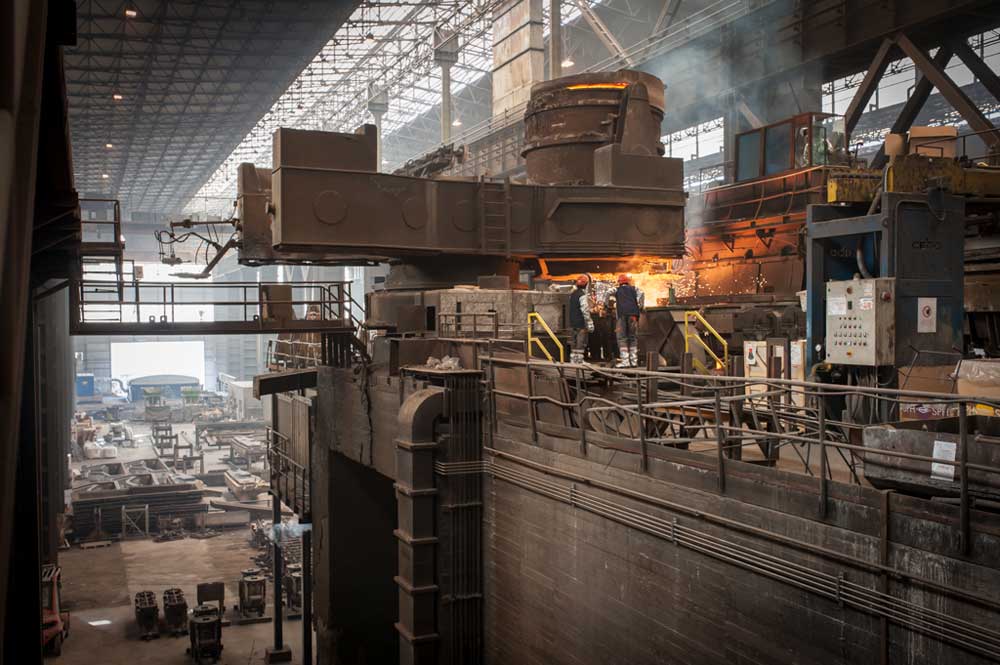There is little room to extend the life of primary steel production through blast furnace technology within the European steel sector, says UK-based research house Industry Tracker in a report published this week. Producers’ current balance sheets and free cash flow yields cannot meanwhile carry the cost of the transition to green hydrogen steelmaking.
Only a quarter of 2050 emissions budget remains among Europe’s top ten steelmakers. Of the companies with the largest share of their 2050 emissions budget remaining, only two – ArcelorMittal and Evraz – have more than the global average for blast furnace-based steel production, Industry Tracker observes.
The transition cost to green hydrogen steelmaking is estimated at $4-34 billon depending on asset base size. Companies will need subsidies, direct public funding and partnerships, Industry Tracker says. Six companies have secured public funding for projects to support developing and scaling early-stage technologies, covering on average 44% of project costs. “Public sector support will be key to the deployment of alternative low-carbon steelmaking,” the research firm comments in the report seen by Kallanish.
Just two companies – ArcelorMittal and Metinvest – have room to reline more than one blast furnace. This is largely a function of them owning more blast furnaces, which reduces the influence that one furnace has on their total emissions budget.
“Five companies – Tata Steel, Metinvest, Evraz, Severstal, and ArcelorMittal – must decide within the next five years whether to lock themselves into European capital assets of high transition risk,” Industry Tracker says.
In the firm’s ranking indicating exposure to the financial impacts of transition, SSAB scored best with 73/100, followed by ArcelorMittal and voestalpine with 66/100 and 60/100 respectively. Erdemir scored worst with 30/100, followed by Metinvest and Severstal with 35/100 and 36/100 respectively.
Companies based in the CIS region and Turkey lag behind their European counterparts in governance metrics such as scenario planning, target setting and climate related remuneration, Industry Tracker observes.
“European steel companies face increasing regulation with a more effective carbon pricing signal as allowances are phased out of the Emissions Trading Scheme (ETS) and a potential Carbon Border Adjustment Mechanism (CBAM) is introduced,” the firm comments. “There is also an opportunity for de-commoditisation of steel and end markets to develop for zero carbon steel products.”
Adam Smith Germany






